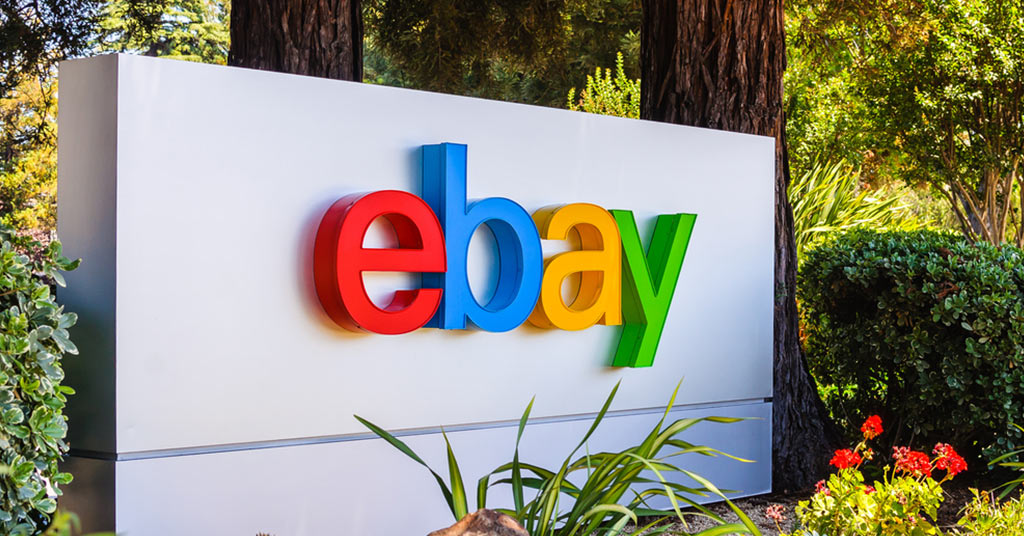This article will tell about the best ways to sell your goods online

How to sell stuff online: basic guide. Source: shutterstock.com
Online sales are not only for big manufacturers or wholesale dealers. Many individuals today look for some additional profit. Working two jobs is too exhausting. Selling things online doesn’t take as much time, but can be just as beneficial. It is a good option for stay-at-home parents, students or retirees as well. Selling doesn’t have any age or expertise limitations after all. Thanks to numerous trading platforms, it is also easy and convenient.
This article will tell about the best ways to sell your goods online.
WHERE?
Each of the selling websites has its pluses and minuses. To begin with, you should set the priorities of your future mini-business. Then check some available options and see what suits your goals best.
Here are some of the most popular trading sites.
- eBay
It is one of the most popular global online marketplaces. eBay is quite easy to use and it sells practically everything. You can list both new and used items. However, there are restrictions on free listings, the number of items you can sell at once, category limits, and pricing limits. Selling brand items, electronics, jewelry or formal attire is very tricky here too. The site charges sellers about 10% of every closed deal. If your rating is low, the fees rise up to 14%. If you receive money via PayPal, be prepared to pay some fees for using this web-wallet too. We have an article on how to sell on eBay.

eBay is quite easy to use and it sells practically everything. Source: shutterstock.com
- Etsy
This is the right place for all hand-made masters, craftsmen, and owners of vintage items. Customers expect to find some special gifts here, so be ready to surprise them. The item needs to be one-of-a-kind, high-quality, and sometimes personalized. Here you can sell unique clothing and accessories, toys and home décor, artworks, craft supplies, collectible and vintage items. The transaction fee is 5% + a standard PayPal fee. The fee for every listing is 0.20 USD. If you wish to use any additional tools for promoting your goods, it will cost you $10 a month.
- Depop
This site is about fashion. It developed from a social network and retained many attributes of it such as “liking”, “sharing”, and “following” options. The good thing is that the marketplace uses AI to show the items to those users who have similar preferences. You don’t need to additionally attract potential buyers with any promotion tricks. Depop’s creative community unites stylists, designers, artists, collectors, vintage sellers, and fashion influencers. It sells beautiful clothes and accessories.
Listing the item or look is free. Once the transaction is complete, the platform charges a 10% commission fee. The standard PayPal fees will be also applicable.
- Amazon
One of the world’s leading marketplaces offers you a wide audience. If you are a beginner seller, who doesn’t plan to go into mass sales business, you can use a basic account option. The percentage of a referral fee varies among categories (7-45%) and there is an additional closing fee of £0.75 per sale. There is a pro-account monthly fee of £25 for the European version and $39.99 + additional selling fees for its American counterpart. Therefore, this selling option may not appear cost-effective for everyone. Payments are protected by the Amazon Pay system. The site also offers so-called fulfillment services. Instead of handling the delivery process individually, sellers can send Amazon their products, and they take full care of storage, delivery to customers, customer service and returns handling.

One of the world’s leading marketplaces offers you a wide audience. Source: shutterstock.com
- Jet
This is a selling place for those start-ups establishing their own brands. This marketplace considers the interests of both retailers and shoppers to match each shopper’s cart to the optimal retailer for each transaction. A special pricing algorithm helps to find the best solutions for every member. They do not sell used or refurbished items and operate only within the USA. There are quite high requirements for every seller, and the platform’s team considers every application individually. On the bright side, once you’re in, you join the trusted sellers list for the whole Jet community. Jet is a responsible intermediary in every deal, so you have to provide all the shipping and refund information to them. Commission fees vary across the categories, but the average amount is 15%.
- Overstock
One of the most trustworthy companies in the USA according to the Forbes rating sells furniture, home décor, textiles and appliances, clothes and accessories, electronics, sports & hobbies items, toys, beauty and health products.
Registration is free, and listing fee ranges from $0,10 to $3.15. The final value fees constitute 3% for items sold under $25.
- Social networks
You don’t necessarily have to register on a special trading website to sell your stuff online. Facebook and other social networks may do as well. There are plenty of groups created to sell, exchange, and give away both new and used items. If you sell occasionally, you may use them. You can also promote your goods via your personal account. The only risk here concerns payments. Social media are not going to protect any deals made on their sites so you have to be very careful about that.

Facebook and other social networks may do as well. Source: shutterstock.com
HOW?
- Attract customers. Dedicate some time to make a high-quality photo and write an appealing description. Strike an emotional chord; suggest what opportunities they have with this product. However, be honest about all the characteristics and product details. Do not mislead the buyers. Remember that, on most sites, they can easily return the goods and leave feedback.
- Choose competitive pricing. Stick to the average price range. Consider all the commission fees before listing. If you sell on eBay, the app can help you. If you scan the item’s barcode, it shows similar offers on the platform.
- Beware of scammers. There are many online fraud schemes you should be careful about. Use only secure payment methods. Never disclose your personal banking information. Preserve all the available postage proofs, delivery tracking history, etc. until the end of the deal. Keep records of any communication with clients. Use the e-mails or platform messengers for written agreements. If you speak on the phone, consider voice record option just in case. Many marketplaces have their own systems of seller protection. Become familiar with their rules.

There are many online fraud schemes you should be careful about. Source: shutterstock.com
- Be timely. Listings may have a limited advertising period. Make sure you sell seasonal items when customers need them. Choose the time of the day when the buyers are active for your eBay auctions as well. Do not sell outdated technologies and devices. Make special offers before the holidays if you can. Customers will appreciate that.
- Provide great service. It’s all about customer satisfaction. A bad feedback rating will not only spoil your reputation, but also may lead to additional fees or penalties (as in the case with eBay policies). Solve all disputes in a friendly manner, provide support while delivery delays or complications with the product use. Give consultations about the size, item qualities, technical details, etc. Respond quickly and competently. Check your grammar and spelling before sending any texts to the customers, think about the impression you make.
SEE ALSO: How to run a business on Instagram: special features for e-commerce









